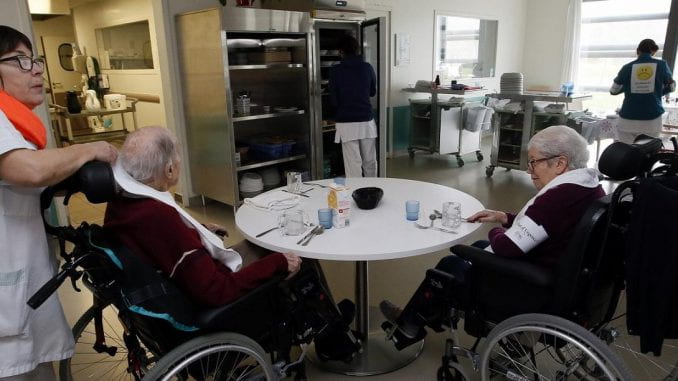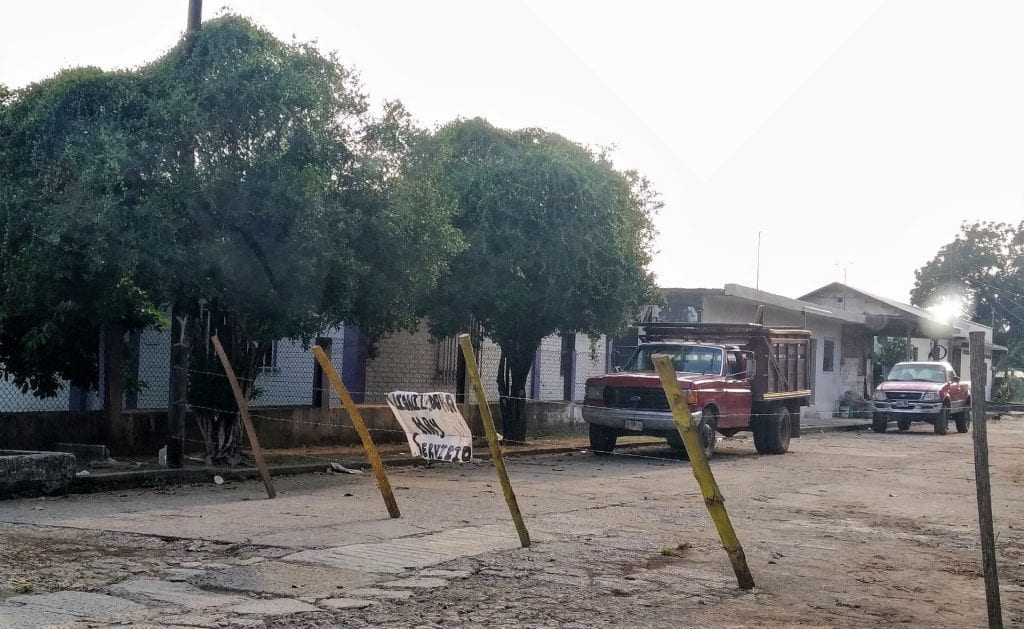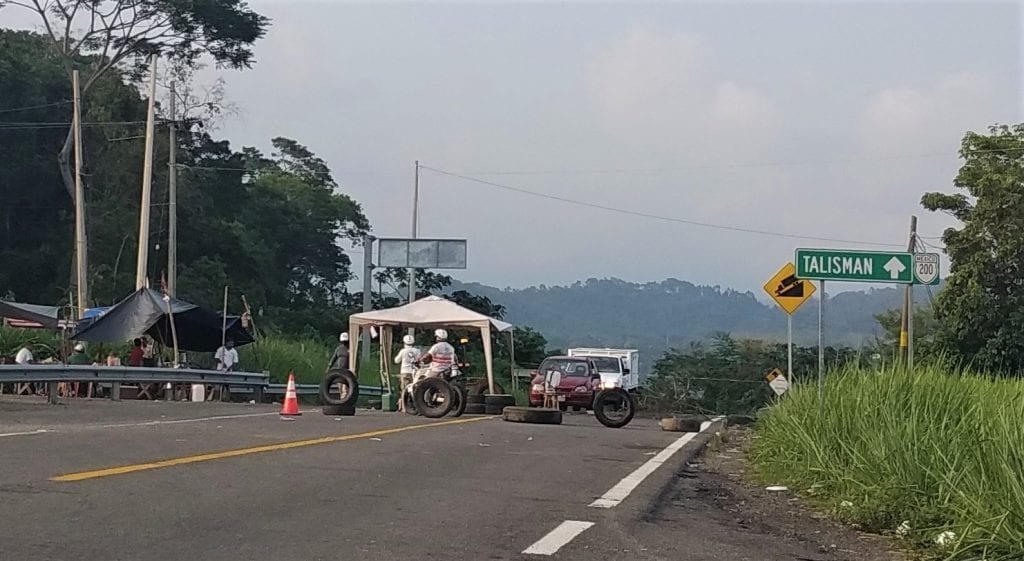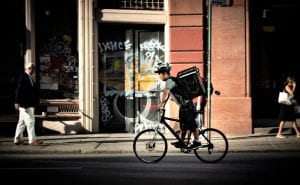By Sarah Spencer
The belief that marriage partners from less developed countries are bad for ‘integration’ is firmly held by European policy makers. With pressure to curb immigration, that concern has conveniently justified raising the bar for spouses to enter.
Marriage Migration and Integration (2020) interrogates that assumption with substantial evidence from an ESRC-funded study on transnational marriages in two of the largest minority communities in the UK: Pakistani Muslims and Indian Sikhs. Negative discourses focus on Muslim marriages in particular – hence the value of the comparison the study provides.
Led by Katharine Charsley (University of Bristol) in collaboration with Oxford colleagues, the study uncovered the first clear evidence of a fall in the number of transnational marriages in both groups. Yet around half British Pakistani Muslims and a quarter of British Indian Sikhs currently have partners from the Indian subcontinent.
Coined a ‘first generation in every generation’, the assumption is that the new family member, with less egalitarian social norms, drags social progress back from modern values; and that they are individuals whose lack of education and skills will impede their own integration and that of their partner and future children.
Yet the evidence supporting that assertion is limited; and uses problematic notions of ‘integration’, a concept rightly subject in recent years to severe critiques. This study used a ‘whole society’ concept and new definition of integration that recognises the crucial role played by the opportunities and barriers individuals face, and the differing pace and impact of integration processes across different spheres of life. The ways in which experiences in one sphere, such as employment, impact on others is a constant theme in the substantial analysis of the Labour Force Survey and qualitative interview data which form the backbone of the book.

Writing about integration is like untangling a complicated knot—identifying the strands and teasing apart their relationships to each other. Pulling one strand or another first will expose particular sets of inter-relationships in a different order. In this case, to disentangle the impact of transnational marriage among other factors, the study explored the trajectories of a unique sampling of sibling pairs: couples in which both partners are UK born or raised and transnational couples where one partner came to the UK as an adult. The research design focused on families in which both couples could be found.
Exploring experiences in employment, education, extended family living, social networks and participation in community life, along with gender roles and belonging, the findings not surprisingly reveal a diversity of experiences that include – but also significantly depart from the simplistic characterisations of the trope.
Debunking myths
- While some migrant wives take on a domestic role, many are keen to, and do, engage in the labour market. While some migrant spouses prefer to speak their first language, English is also often used. Language use is varied and contextual.
- Transnational marriage can reinforce patriarchal gender expectations, but can lead to greater autonomy for a British woman, releasing her from the expectations faced when in-laws are close at hand. Her husband, moreover, is reliant on her for local knowledge and support.
- Transnational marriage is associated with higher rates of extended family living, assumed to be a marker of patriarchal traditionalism; but it also brings benefits: sharing expenses helps compensate for low incomes and allows saving for investment in property and business.
- Significant proportions of migrant spouses have post-secondary education, but can face barriers to translating educational capital into labour market outcomes. The workplace can be an important source of social contacts; but for wives not in work networks can nevertheless expand through their children’s school, language classes and community groups.
- Retaining an identity with the country of origin does not inhibit full engagement in the UK. A sense of national identity, however, does not always come with participation in other spheres, and can be inhibited or reverse following experiences of discrimination.
- Crucially, some experiences are not the result of transnational marriage at all but of the couple’s stage in their life course: marriage leading, as for others, to new roles and responsibilities including child-rearing. Reliance on family, a narrowing of social networks, lack of time for further education or civic participation, reflect a stage in the life course here, not migration.
Spouses face similar challenges to other migrants, but they have one advantage – a family who can provide knowledge, support and connections. Most migrant husbands find work through family contacts. Families’ resources and attitudes are, however, not uniform. For newcomers, information, signposting and support to reduce reliance on relatives for awareness of opportunities would help, as would more flexible opportunities to access language classes.
The irony of a simplistic portrayal of transnational marriage is that it reinforces the negative stereotypes that are themselves a barrier to integration. It should be possible to address gender inequality, and advocate services, without denigrating the family practices of entire ethnic groups. Instead of finger-pointing at newcomers, we could focus on unlocking the assets people bring – the under-use of migrants’ educational qualifications for instance – and the benefits of facilitating the full participation of all residents in the country’s economic, social, cultural and political life.
Sarah Spencer is Director of Strategy and a Senior Fellow at the Centre on Migration, Policy and Society (COMPAS), University of Oxford, and was Director of the Global Exchange on Migration and Diversity until 2019. This post was first published by COMPAS on 06/06/2020 following the publication of Marriage Migration and Integration (2020).











